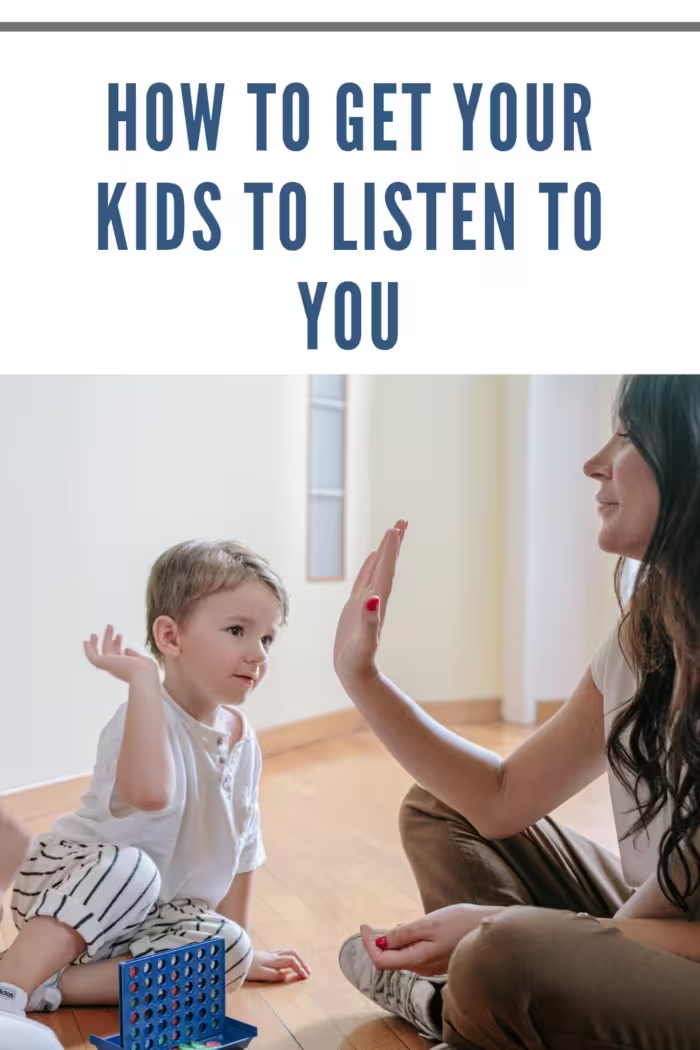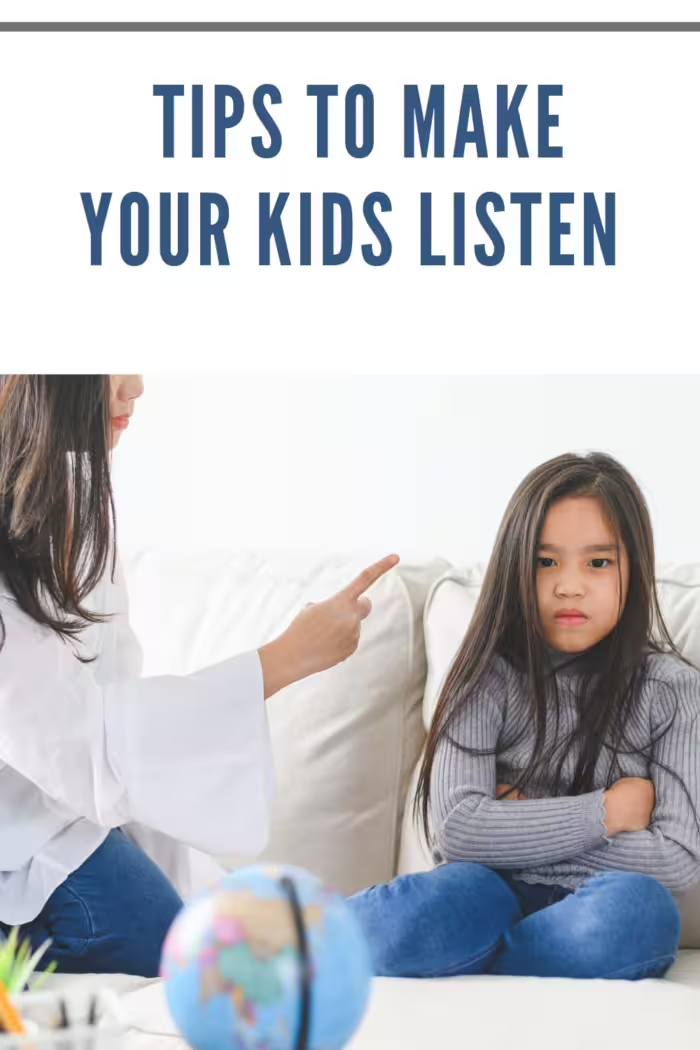Cracking the Code: How to Get Your Kids to Listen to You
Parenting can be a wild rollercoaster ride, and one of its most challenging loops is getting your kids to listen. If you’ve ever felt like you’re talking to a brick wall or a unicorn riding a unicycle, you’re not alone. But fear not, we’ve got your back! In this guide, we’ll dive deep into the art of effective communication with your little ones. From toddlers to teens, we’ll explore strategies, share expert advice, and provide practical tips to help you not only be heard but also build a stronger connection with your kids. Say goodbye to the frustration and hello to a more harmonious family life. Let’s embark on this journey together!
If you’re a parent, there’s probably not a week that goes by when you’re not asking yourself, “Is there any echo in here?”
If you’re not telling your kids to put up their shoes for the third time, then you’re asking them where the remote is, also for the third time.
After a while, not only does it get to be personally frustrating, but it can also be a bit debilitating when it comes to your kid’s development because learning to listen is a key life lesson that affects us in every single area from our personal relationships to our professional careers.
Have you been wondering how you can get your child to listen to you more (or at least more than they have been doing)?

Getting Their Attention:
Effective communication with kids is like solving a delightful puzzle.
Here are some proven strategies to ensure they not only hear you but also engage:
- Make Eye Contact: The eyes are the windows to understanding. When you’re speaking to your child, get down to their eye level and make eye contact. It shows them that you’re fully present and ready to connect. Adults aren’t the only people who have a million things going on in their minds. Sure, when it comes to your child, it may be “childlike things, ” but their heads can still be full of so many thoughts that it’s hard to concentrate at times. When we’re yelling out an instruction from another room, nd a child simply says, “OK”, it’s record time how quickly they may move on to thinking about something else. Therefore, when you’re giving out an instruction or even asking a question, ask them to come to where you are, get eye level with them and then communicate what you have to say. It centers them to focus on what’s being said, which ups the chances, significantly, that they heard you as well.
- Ask for Repetition: After conveying a message or instruction, ask your child to repeat it back to you. This ensures they’ve understood and remembered what you’ve said, reducing misunderstandings. Honestly, we all could benefit from this little tip because a lot of us have communication challenges with other people due to the fact that we responded to what we heard rather than what was directly said. To ensure that you and your child are on the same page (of the same “conversation book”), don’t just settle for quick responses like, “Yeah” or “Alright”. Especially, if you’ve had issues with them not listening well in times past. After you’ve made your statement and before they dash off to somewhere else, simply say something like, “Wait…wait. What was it that you heard me say?” The first couple of times, it might surprise you how often you’ll get a blank stare, a shrug of the shoulders or a pause followed by a “Huh?” as their response. But, repetition is key and if you do it enough times with them, they will learn to catch on.
- Teens and Listening: Teens often view listening as an action, not just a passive act. Engage them in discussions, and respect their opinions. This fosters a sense of responsibility and independence while keeping the lines of communication open.When it comes to listening, there are a lot of wise old sayings. One of them basically says that just because I didn’t do what you said, that doesn’t mean I wasn’t listening to you. If your kids could print that on T-shirts and sell them to other children, they’d be a millionaire in no time! However, it’s a worthwhile lesson for them to learn very early on that listening is not just about hearing other people. Other definitions of the word include paying attention, heeding and obeying. So, make sure to let your child know that if they were really listening to you, they wouldn’t have to say it. You would notice it in their behavior too.
- Use Active Listening: Show your kids what active listening looks like by listening to them attentively when they speak. This sets a great example and encourages them to reciprocate.
- Be Clear and Concise: Keep your messages simple and to the point, especially with younger children. Avoid lengthy explanations that may lose their interest or comprehension.
- Positive Reinforcement: Praise your child when they listen well. Positive reinforcement, like verbal encouragement or a small reward, can motivate them to continue this behavior.
- Stay Calm and Patient: Children can be easily overwhelmed by strong emotions. Maintain your composure, and if necessary, take a step back before addressing the issue. A calm approach is more likely to be heard.
- Set Expectations: Establish clear expectations for behavior and consequences for not listening. Consistency is key. When your child knows what to expect, they are more likely to pay attention.
- Use Visual Aids: For younger kids, visual cues like pictures or charts can be helpful in reinforcing your message. Visuals make abstract concepts more concrete.
- Timing Matters: Choose the right moment to communicate. Avoid important discussions during their favorite TV show or when they’re engrossed in play. Wait for a calm, receptive time.

Remember, each child is unique, so it may take some trial and error to discover the strategies that work best for your family. Patience, understanding, and flexibility go a long way in nurturing effective communication with your kids.
